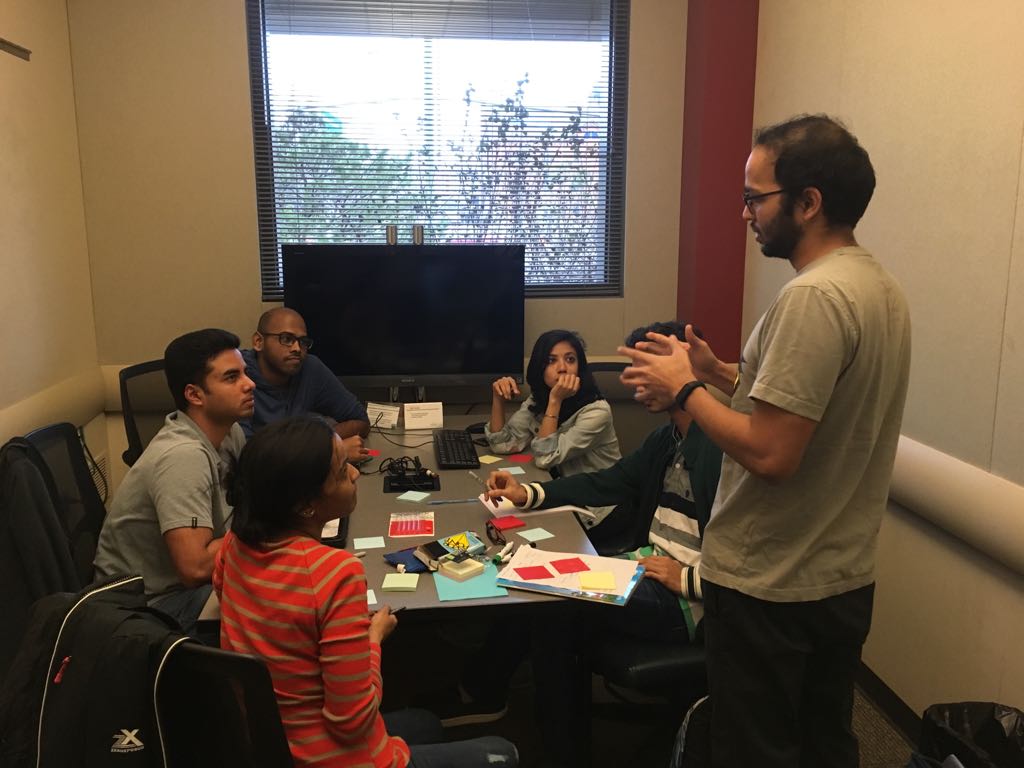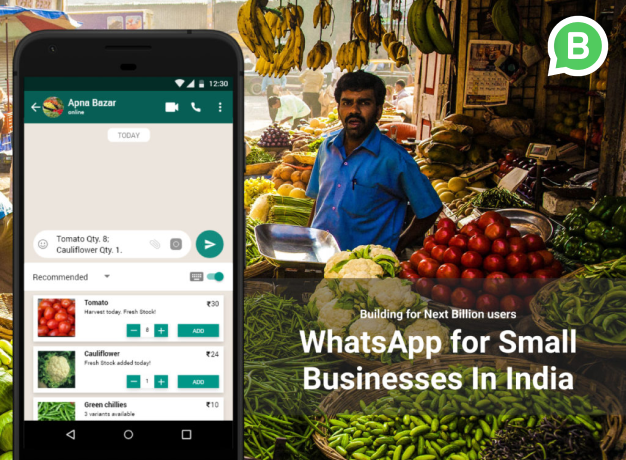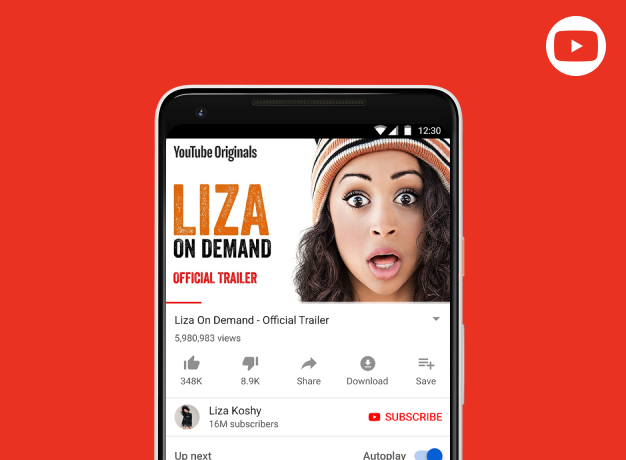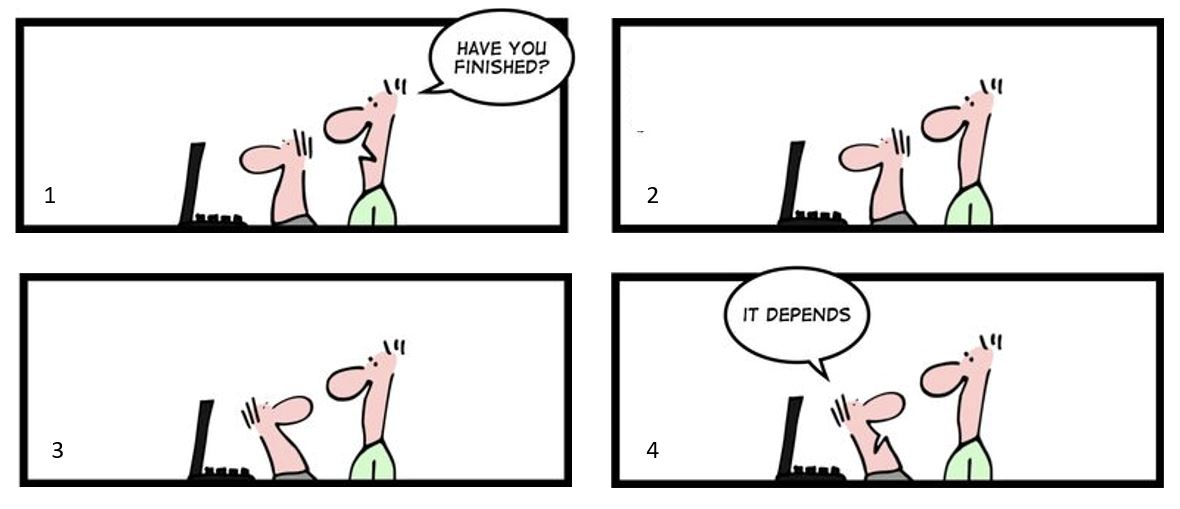Why Participatory Design?
Participatory service design is a shift in approach from designing for users to designing with them. Participatory design method will be helpful for us to address the problems identified in the previous design through a collaborative effort in coming up with the new design. This method will be applied by conducting a participatory design workshop where end users, designers, and researchers will participate. We divide the participants into three groups. Every group is provided with design materials such as sharpies, color pens, sticky notes, blank sheets etc. to design different solutions which addresses the problem. We believe that this activity will help us to better communicate with users. Probing the end users in this session will allow us to better understand what are their needs and what they want from the solution.
Method Flow
My Experience
Learning
I found that every individual may be unique, in terms of the triggers that stimulate their imagination and their manner of articulating.
Despite this, both the imagination and articulation abilities of the participants seemed to be restricted by their notions of possibility and what they have already seen
It was quite difficult to explain participatory design to participants without influencing their approach to designing solutions.
The most important part of the workshop was to have the correct make tools available which facilitated the creations of solution.
Conducting this pilot study was an educational experience for me and for participants as well because of the collaborative leaning nature of the process.
All in all, participants taught me great deal about their needs, experiences, and expectations.








